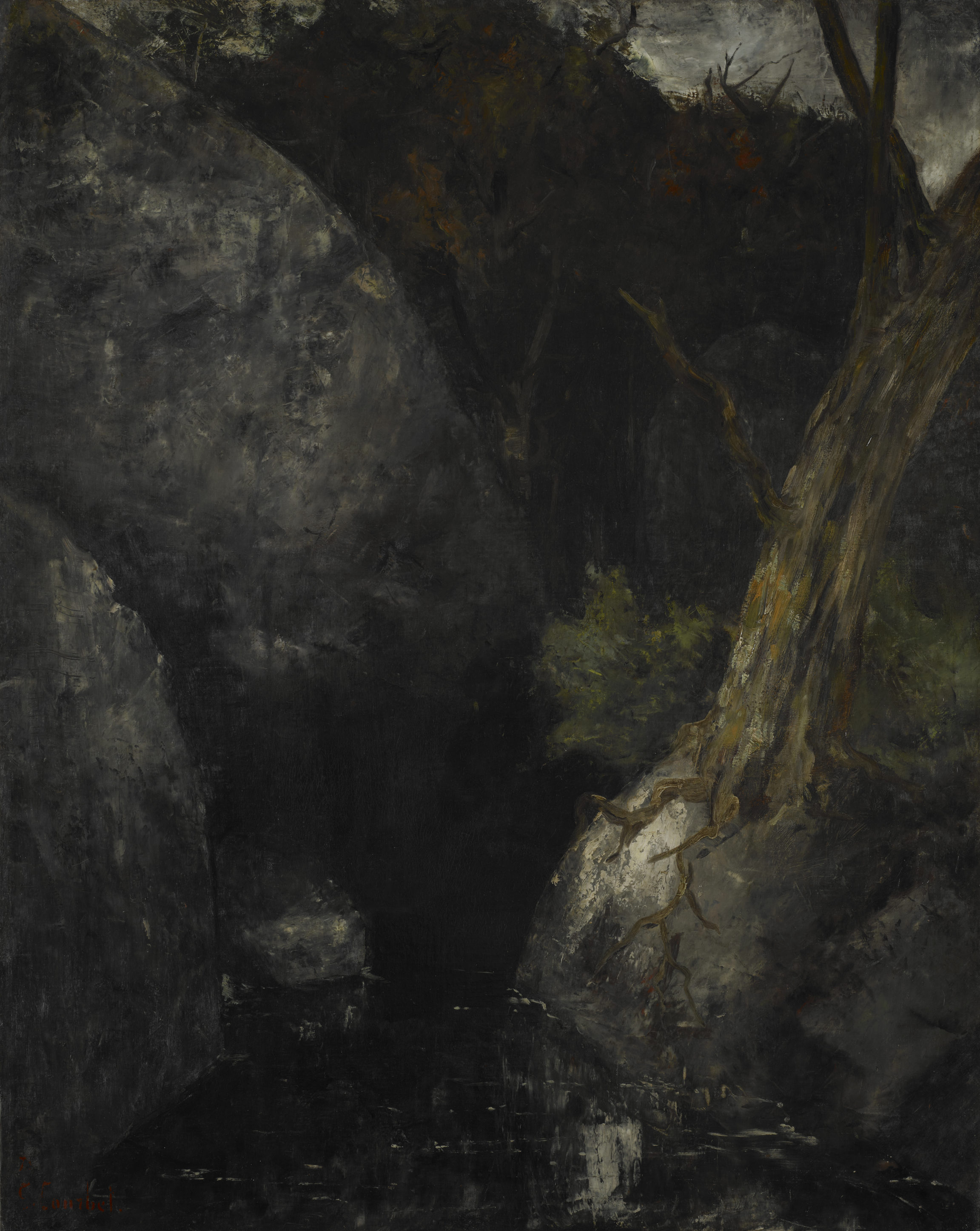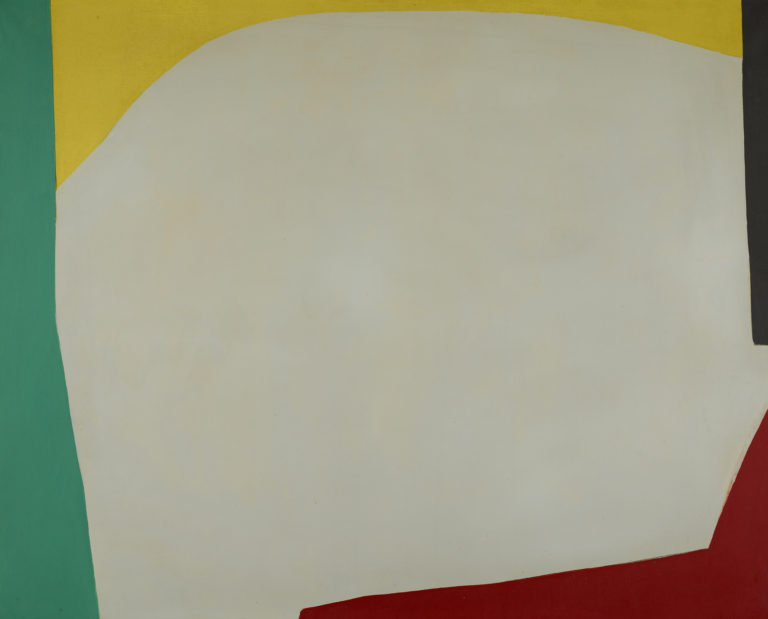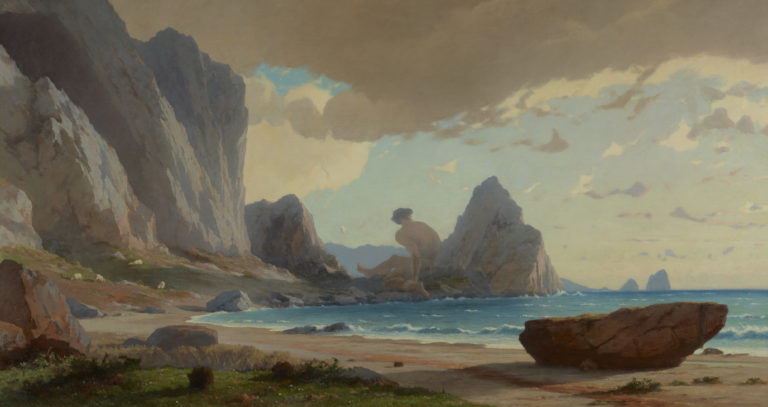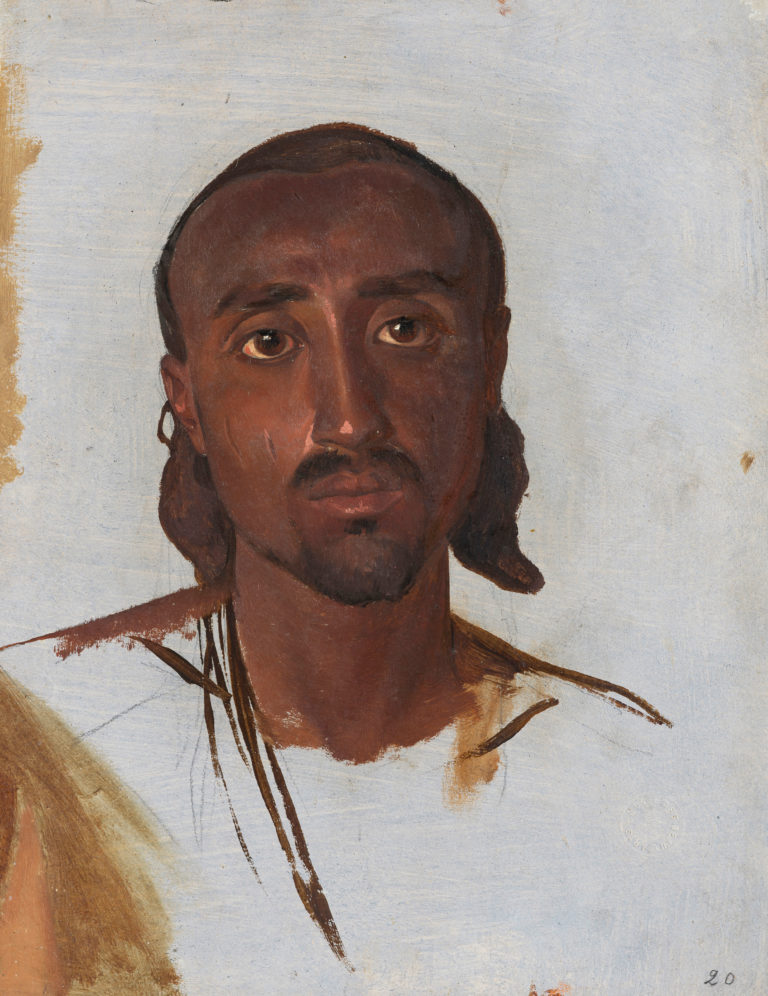On display
The CollectionBibliography
Laurence Madeline (ed.), Courbet. Les années suisses, exh. cat. Geneva, Musée Rath, Genève, Musées d’art et d’histoire, Paris, Artlys, 2014: cat. 14.
Jörg Zutter (ed.), in collaboration with Petra ten-Doesschate Chu, Courbet – Artiste et promoteur de son œuvre, exh. cat. Lausanne, Musée cantonal des Beaux-Arts, Stockholm, Nationalmuseum, Paris, Flammarion, 1998: cat. 41.
Alan Bowness and Marie-Thérèse de Forges, Gustave Courbet (1819-1877), exh. cat. Paris, Grand Palais, Paris, Éditions des musées nationaux, 1977: cat. 118.




From the early 1840s on, Gustave Courbet’s paintings expressed both the vagaries of collective history and his own inner torment. His landscapes and still lifes in particular have hidden depths behind their seemingly banal realism. In the final years of his life, his paintings of trout that had been caught but were not yet dead and worm-eaten red apples reflected both the failed dreams of the Paris Commune and the tragic turn his own life had taken.
He faced a precarious situation in 1871. A committed socialist and democrat, he took part in the Paris Commune alongside his fellow revolutionaries inspired by Proudhon. He was arrested in June that year and sentenced to prison for inciting the destruction of the Vendôme column. In 1873 he was required to pay the cost of rebuilding the monument and had little choice but to go into exile in Switzerland.
This old tree in a gorge, probably painted in his home region of Franche-Comté in eastern France or from memory, echoes the torment of the times, just as Honoré Daumier and Jean-François Millet’s storm-tossed trees had done earlier in the century. A stream crawls along sluggishly in the depths of the dark, narrow gorge. A knotty tree clings to the rock on the edge of the black water, where it has survived many storms. Silvery light falls through the almost nocturnal landscape onto its withered roots. It is tempting to draw a parallel between the old tree and Courbet himself, as years earlier he had painted himself as an oak in the prime of life (Le Chêne de Flagey, 1864, Ornans, Musée Courbet). The gorge, long a refreshing Arcadia, is now no more than a narrow ravine lit by the dying glimmers of a stormy day. The use of dark hues roughly applied with a palette knife heightens the scene’s dramatic impact.